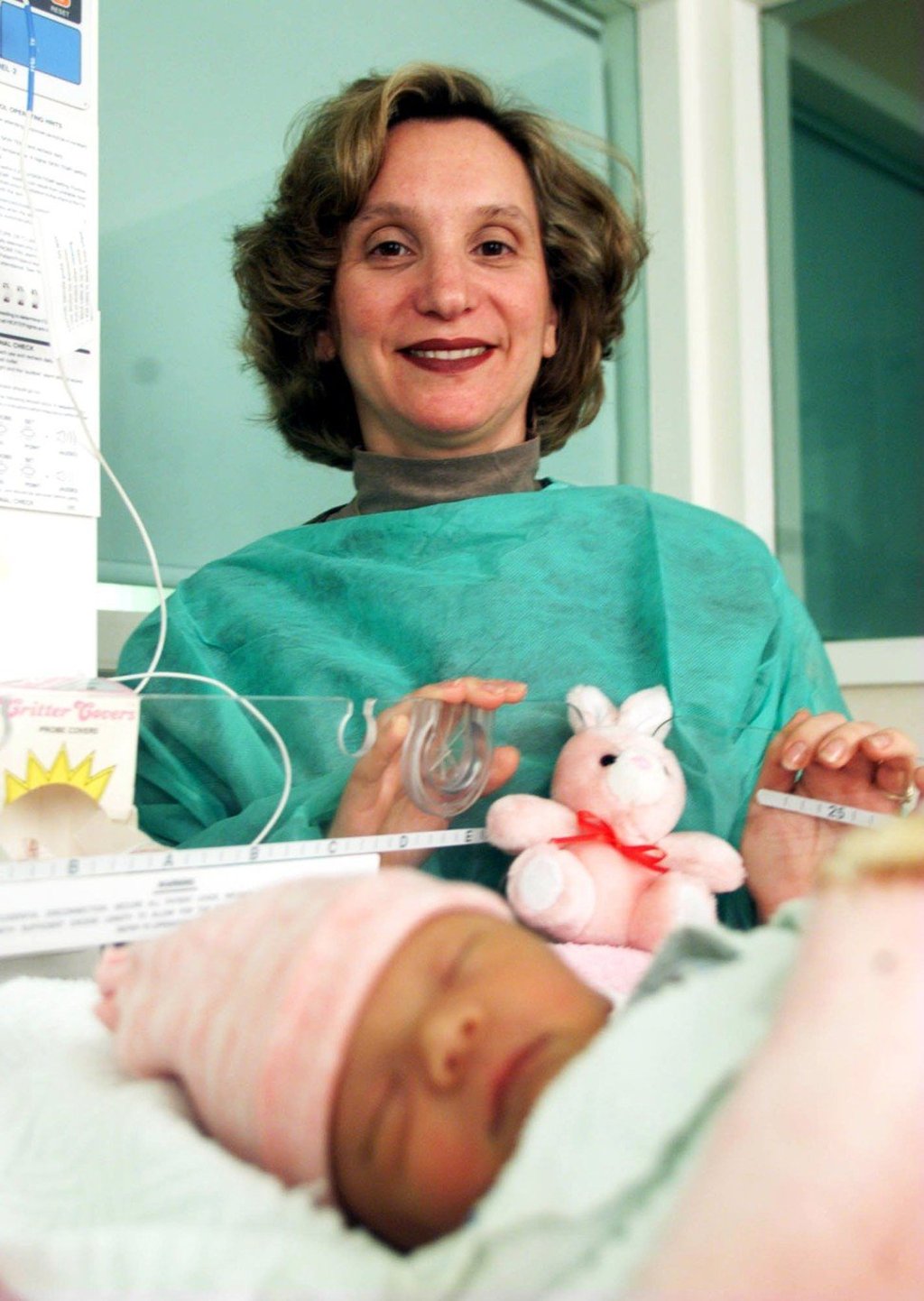What has China’s public healthcare system learned from the twin coronavirus outbreaks of Sars and Covid-19?
- China’s public-sector expenditure on health care increased almost 14-fold between the Sars outbreak in 2003 and the end of 2018
- System is too “hospital-centric,” fragmented and volume-driven, according to a joint report by the World Health Organisation and World Bank

When the first patients came through the emergency ward at Roberta Lipson’s United Family Hospital in the early spring of 2003 with feverish coughs and chest pains, doctors at Beijing’s biggest privately run hospital had little clue on how to deal with the mystery disease spreading through the Chinese capital.
Befuddled, doctors reached out to the Chinese authorities, as well as the US Centre for Disease Control (CDC) and the World Health Organisation (WHO) for help. Based on their advice, the hospital did its best to give patients comfort while the medical world looked for answers. Officialdom eventually named the disease the severe acute respiratory syndrome (Sars) to distinguish it from other types of respiratory tract infections.
“Many of us worked around the clock, upgrading our systems to keep up with the evolving situation and find ways to keep our patients safe,” said United Family Hospital’s chief executive officer Lipson in an interview with South China Morning Post. The disease, caused by a coronavirus, spread to 17 regions and countries, afflicting 8,098 people with a death toll of 774.

“Sars was a wake-up call to the government and the public in terms of [having] a system for prevention, and in [raising] public health awareness,” said Lipson, adding that the result was a big improvement in public hospitals, and a lot more transparency in public health data. “In the case of Covid-19, the government has given us excellent guidance, informed us what to do from the very beginning.”